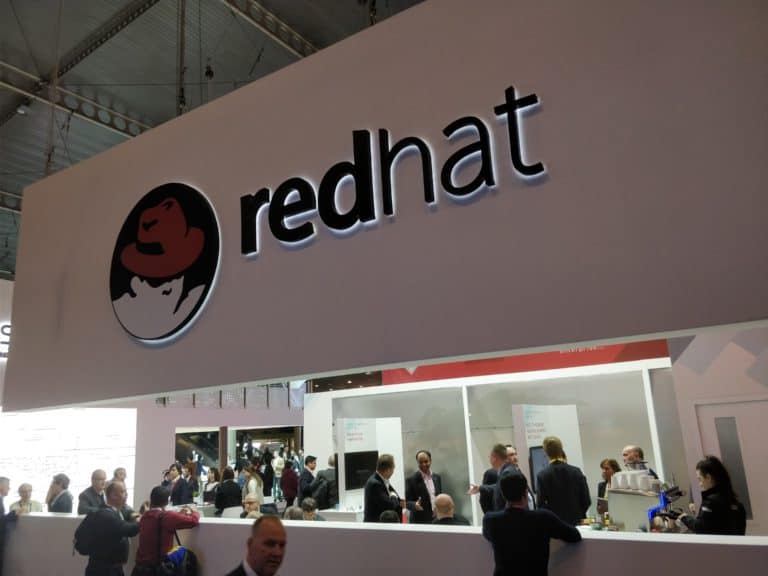Earlier this year, IBM surprised the tech industry when it announced that it would acquire open source company Red Hat for 34 billion dollars. The acquisition is the largest combination of two software companies in history and is expected to expand IBM’s cloud business.
IBM has recently made a major effort to generate more revenue from its cloud activities. Currently, it still makes a lot of money with on-premise infrastructure. But not everyone agrees with this thought. Nigel Kersten, the vice president of ecosystem engineering at open-source company Puppet, says he has doubts about this.
Not for the cloud
I find all the comments that IBM is making a move in the cloud hilarious, says Kersten. Just because I think it’s ridiculous. I mean, Red Hat is obviously more relevant in that world than IBM and does a lot of good work, including OpenShift, Kubernetes – and that shows a clear link. But I wouldn’t scale Red Hat to the same level as, for example, GitHub, which attracts the new world order.
According to Kersten, Red Hat is mainly a RHEL [Red Hat Enterprise Linux]-plus services company. I think they’re really ready for the future, but they’re still mainly concerned with operating systems. And they will continue to do so for quite a long time to come. Red Hat likes to talk about containers and its cloud activities, but three quarters of its turnover comes from infrastructure services.
Clash of cultures
Kersten believes that Red Hat’s focus on the cloud is not that bad. Just because you put the name cloud in the name of Team Foundation Server, that doesn’t mean it’s a cloud product. And you can’t keep recording service revenues as cloud revenues.
Nevertheless, Kersten believes that IBM may be able to do something with Red Hat to strengthen its cloud activities. Maybe [IBM] will give a big bag of money to Red Hat and they will essentially take over the cloud business. He thinks that OpenShift can be made more business friendly and can then compete well with Pivotal Cloud Foundry. But despite the odds, there are also considerable risks.
Red Hat staff have to prepare for a clash of cultures. From an open-source culture, it makes a switch to a large and monolithic company like IBM. I can imagine that it will be a disastrous amalgamation. Nevertheless, Kersten sees opportunities there too. IBM has to do it gradually, as Google did with YouTube.
This news article was automatically translated from Dutch to give Techzine.eu a head start. All news articles after September 1, 2019 are written in native English and NOT translated. All our background stories are written in native English as well. For more information read our launch article.